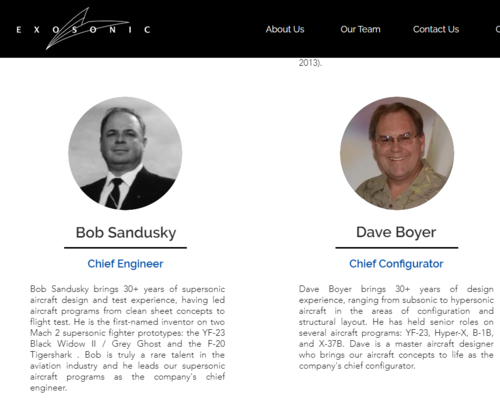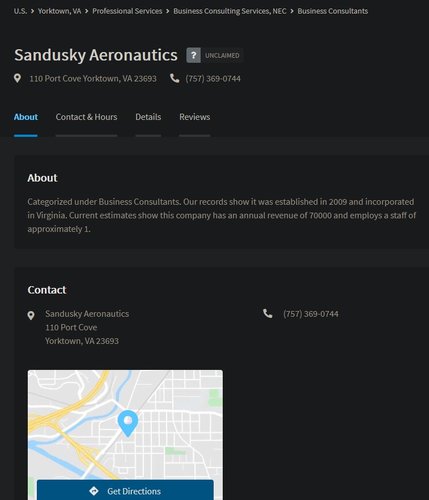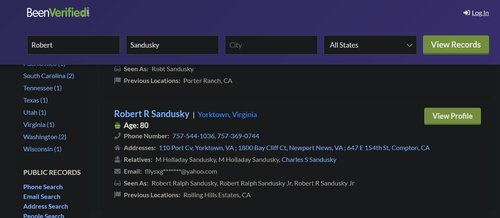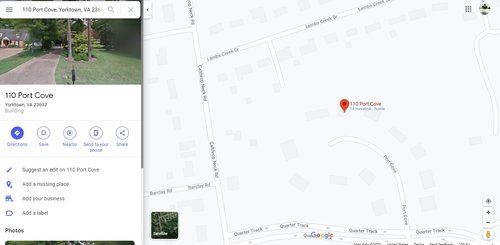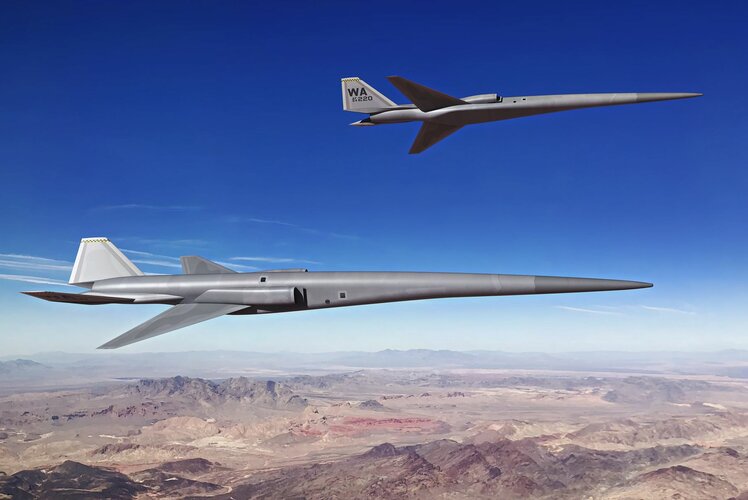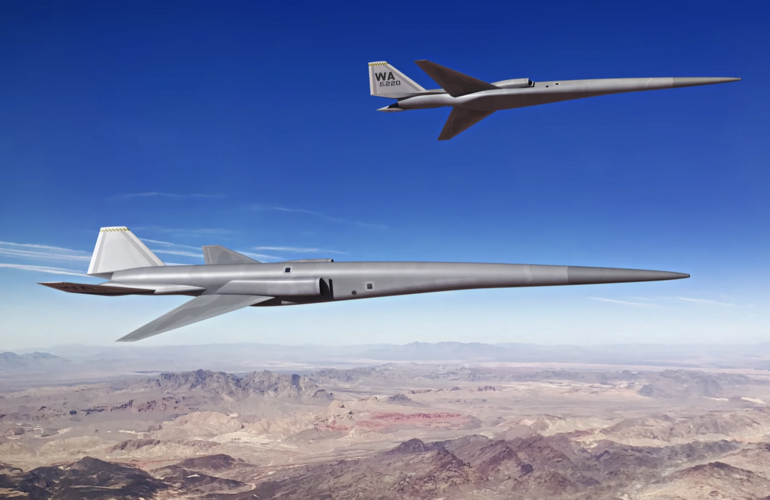Exosonic Completes Quiet Supersonic Airliner Conceptual Review; Closes $4M+ Seed Round
Los Angeles, CA -
As part of Exosonic’s AFWERX SBIR Phase II effort, the company has completed its first Conceptual Design Review (CoDR) of its latest quiet supersonic airliner design. During this 4-hour technical review Exosonic presented many aircraft subsystems and disciplines, ranging from the aerodynamic performance, low boom characteristics, structural layout, and seven other different engineering disciplines. As the first of Exosonic’s reviews with USAF stakeholders (Presidential and Executive Airlift Directorate and Air Force Research Laboratory) it provided valuable feedback to the company.
The CoDR is a key milestone because it demonstrates the company’s ability to translate their understanding of Air Force requirements into a conceptual design at the subsystem level. Additionally, the review shows the capability of the company to apply sound engineering analysis to military relevant transport concepts as well as smaller scale, supersonic, unmanned aerial vehicle concepts. The company received valuable feedback on their design, which will be incorporated further as the concept matures from the conceptual design stage to the more detailed “Preliminary Design” stage.
In addition to their work with the Air Force under the Phase II Small Business contract, Exosonic recently closed its seed round, securing over $4M in capital to continue its mission to provide supersonic flight everywhere. This new funding will be used to grow the staff, establish an office, and further Exosonic’s hardware investments. Investors that participated in this round include YCombinator, Soma Capital, Psion Capital, Stellar Solutions, Unpopular Ventures, Gaingels, Prithvi VC, Asymmetry Ventures, Expansion VC, and several angel investors, such as Jude Gomila. The investor mix, which includes professional investors, dual-use tech / DoD investors, and climate-focused investors, helps Exosonic establish itself as a company focused on sustainably meeting its mission of providing supersonic aircraft to the US Government and commercial market.
“Exosonic’s seed fundraise is a statement of confidence from private sector investors. The Air Force has enduring mission requirements in the areas of executive transport, mobility, and training. It is clear Mr. Tie understands that creating synergy between the two potential customers (government and commercial) could propel his company to achieve his vision.” said Lt Col Joshua Burger, director of the Vector Initiative.
“We’re excited to have our new investors on board. Their support validates Exosonic’s differentiated approach of developing supersonic UAVs as a steppingstone towards the commercial supersonic airliner. These UAVs not only satisfy customer demands for affordable air combat training solutions but also help Exosonic de-risk its aircraft design, manufacturing, and sustainment abilities – all of which are important for future supersonic aircraft solutions,” said Norris Tie, Exosonic’s co-founder and CEO.
With the new funding round and the completion of the airliner CoDR, Exosonic will transition to work on its nearer term priorities: the development of its supersonic uncrewed aerial vehicle (UAV) demonstrator. The supersonic UAV product line will address several missions, such as air combat training. In the next few years,
the company will be focused on developing hardware to achieve a supersonic UAV first flight earliest in 2025.

 www.washingtontimes.com
www.washingtontimes.com






